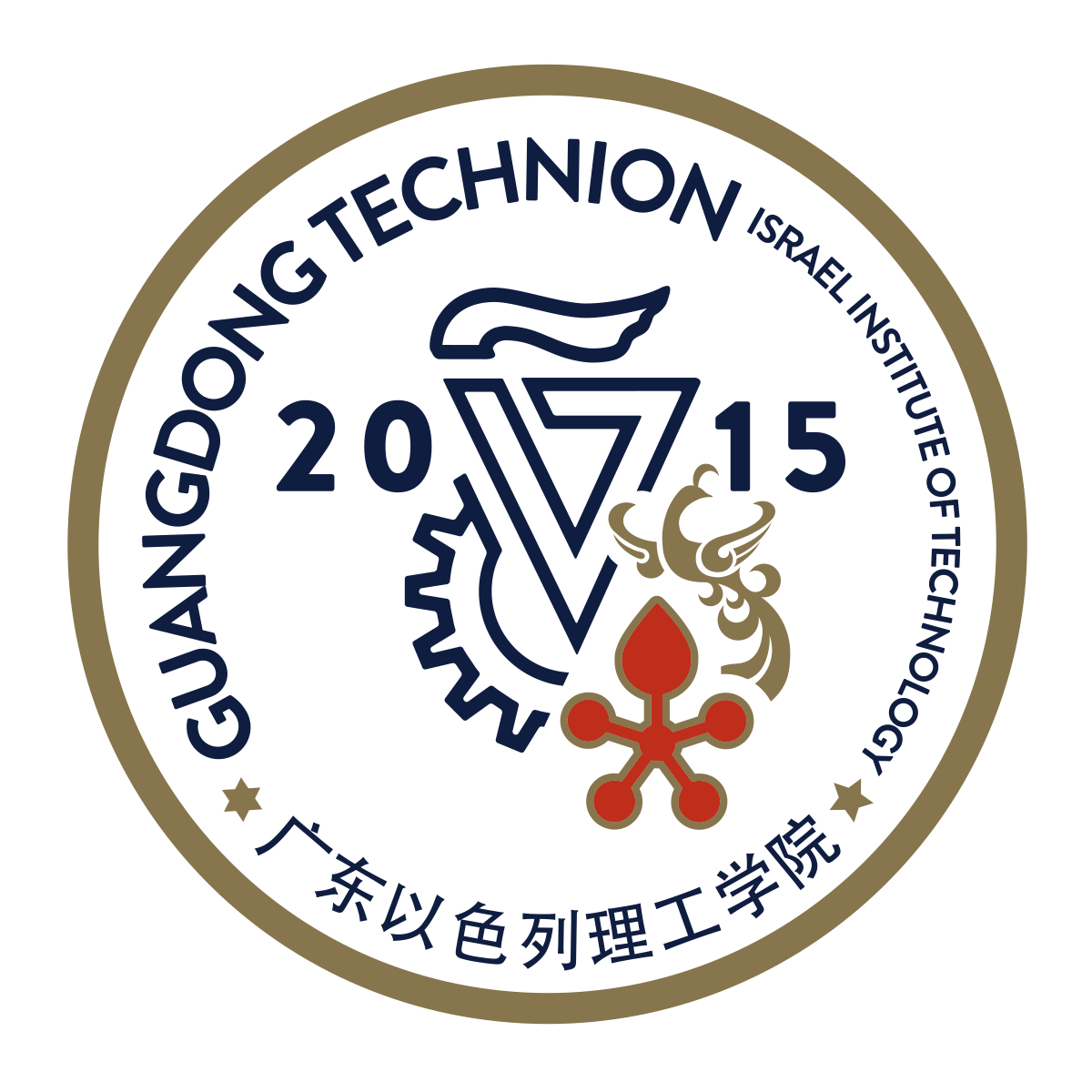(5) Acquisition of mechanistic insights into the attenuation of amyloid curli biogenesis in Salmonella biofilm by drug repurposing strategy (funded by NSFC RFIS-I project).
Salmonella is an important foodborne pathogen that causes gastroenteritis and systemic infection. Despite advancements in antibiotic therapy, Salmonellosis is still a substantial public health concern. Salmonella utilizes biofilm as a virulence strategy to survive in host and stress conditions and Salmonella outbreaks are mainly attributed to biofilms. Moreover, biofilm has a critical role in antibiotic interventions and promotes multidrug resistance. Given the convincing evidence of damage that arises as a result of Salmonella biofilm, there is an urgent need for anti-biofilm agents to improve clinical outcomes. Salmonella produces an extracellular matrix comprised of functional amyloid curli fibres and cellulose during biofilm development. Curli-specific gene (csg) operons such as csgBA and csgDEFG operon are involved in curli production. Curli represents an excellent target for developing the anti-biofilm drugs in Salmonella. Drug repurposing is a promising approach that can be utilized to identify new anti-biofilm agents. In this project, High-throughput cell-based screening (HTS) strategy will be utilized to identify drugs/compounds that inhibit amyloid curli biogenesis in Salmonella. Further, the mechanism of action of anti-biofilm effects of potential hits at the molecular level will be studied. Moreover, a gallstone mice model will be used to study the effects of potential hit(s) to inhibit Salmonella biofilm in vivo.

